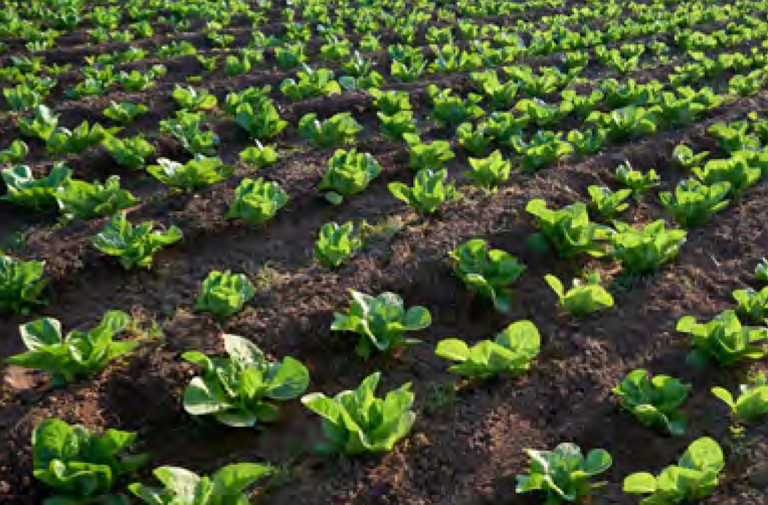
Since the Green Revolution in the 1960’s, chemical fertilisation of crops has increased dramatically and has helped intensify agricultural production and improve crop yields. Production of chemical fertiliser has doubled in the past 40 years and fertilisation of crops is a routine farming practice.

The pioneer of chemical fertilisation was Justus von Liebig a German scientist considered one of the principal founders of organic chemistry. In his book “Organic Chemistry in its Application to Agriculture and Physiology” (1840), he described the importance of the chemical elements of nitrogen (N), phosphorus (P) and potassium (K) as essential to plant growth. Liebig promoted the idea that chemistry could revolutionise agricultural practice, outlining a theoretical approach to agricultural chemistry and discussing chemical transformations within living systems.
Although it is difficult to estimate just how much crop yield is due to fertiliser application, studies have shown that at least 30-50% of the crop yields in the UK and USA can be attributed to fertiliser input. According to a study conducted in 2005 by Dr. Stewart, PPI Great Plains Director, et al, this is a reasonable if not a conservative estimate.
Applying fertilisers is important for crop production, it provides key nutrients to support plant growth, but it has limitations. Not all the nutrients applied through fertilisation are used by the crops, with the residual chemicals running off agricultural land and leaching into the natural environment. Where this happens, it can cause imbalances in ecosystems and impact biodiversity.
According to The Business Research Company, the global chemical fertiliser market is expected to grow from $137.99 billion in 2021 to $150.64 billion by 2025 at a CAGR of 2%. In their Chemical Fertilizers Global Market Report 2021 they found that Asia Pacific was the largest region in the global chemical fertilisers market, accounting for 41% of the market in 2020, while North America was the second largest region accounting for 18% of the market. Fertilisers are essential to achieving maximal crop production, however, their prolonged use can impact the environment and soil fertility.
There are many new innovative technologies that are changing the face of crop production, increasing fertilisation efficiency whilst minimising the environmental impact. In fact, the global biofertiliser market in 2020 was valued at $2.3 billion, and projected to reach $4.47 billion by 2026, recording a CAGR of 11.9%, according to Markets and Markets. Among these are microbial-based biofertilisers, which contain microbial active ingredients able to interact with the crops and deliver them the nutrients without the need to apply fertilisers.
FA-Bio’s SporSenZ tool effectively samples fungal species that are active in the rhizosphere. The rhizosphere, or the root surroundings, is a microbial storehouse. A dynamic environment where soil, microorganisms, nutrients, and water all meet and interact with the roots to fulfil important functions for plant growth and health.
Our team uses the SporSenZ technology to collect microbial samples from different crops and environments to study what fungal species are key for maximising the nutrient uptake by the plants. Fungi are the architects of the rhizosphere. They shape and determine the rhizosphere ecosystem. Activities carried out by fungi strongly depend on the species, the crop, and the environment, therefore the relationships between these cannot be overlooked.
Understanding these relationships is fundamental for the discovery and development of effective microbial biofertilisers that perform optimally when applied in fields, minimising the need for recurrent fertiliser applications. Microbial biofertilisers have the potential to replace or increase the efficacy of synthetic fertilisers, maximising the nutrients the plant uptakes. According to a study in 2017 by Sanderman et al. which analysed soil carbon debt of 12,000 years of human land use, agricultural land uses have resulted in the loss of 133 petagrams (Pg) of carbon from soils globally. Increasing the uptake and retention of nutrients by plants will result in less soil organic carbon being lost to the atmosphere.
We believe that our approach to discovering and delivering successful microbial bioproducts will help the world to advance on its pathway towards a net-zero carbon agriculture industry.
Angela de Manzanos Guinot, CEO at FA Bio



